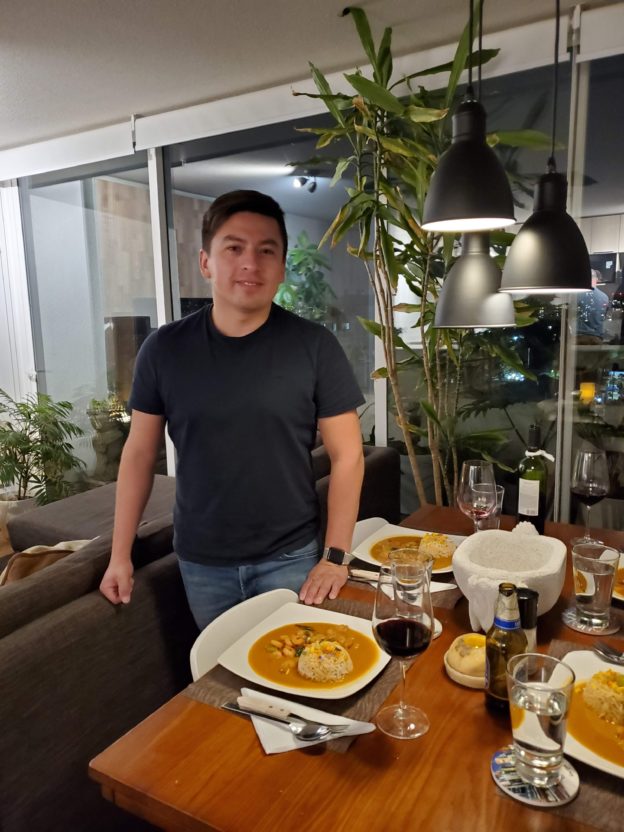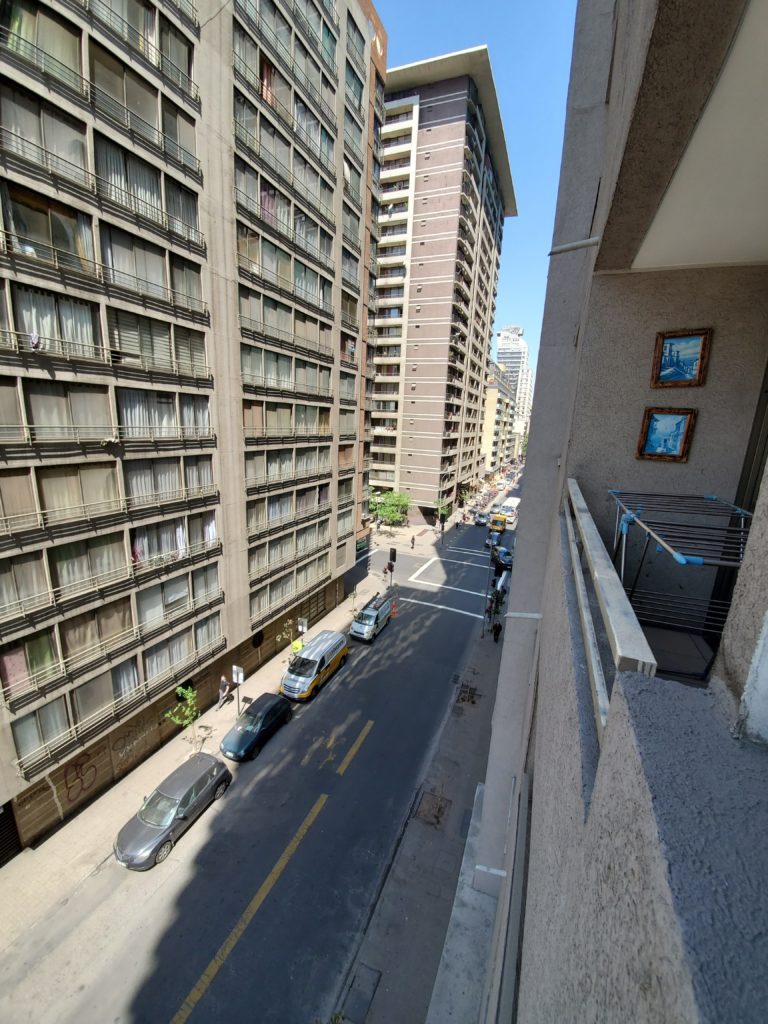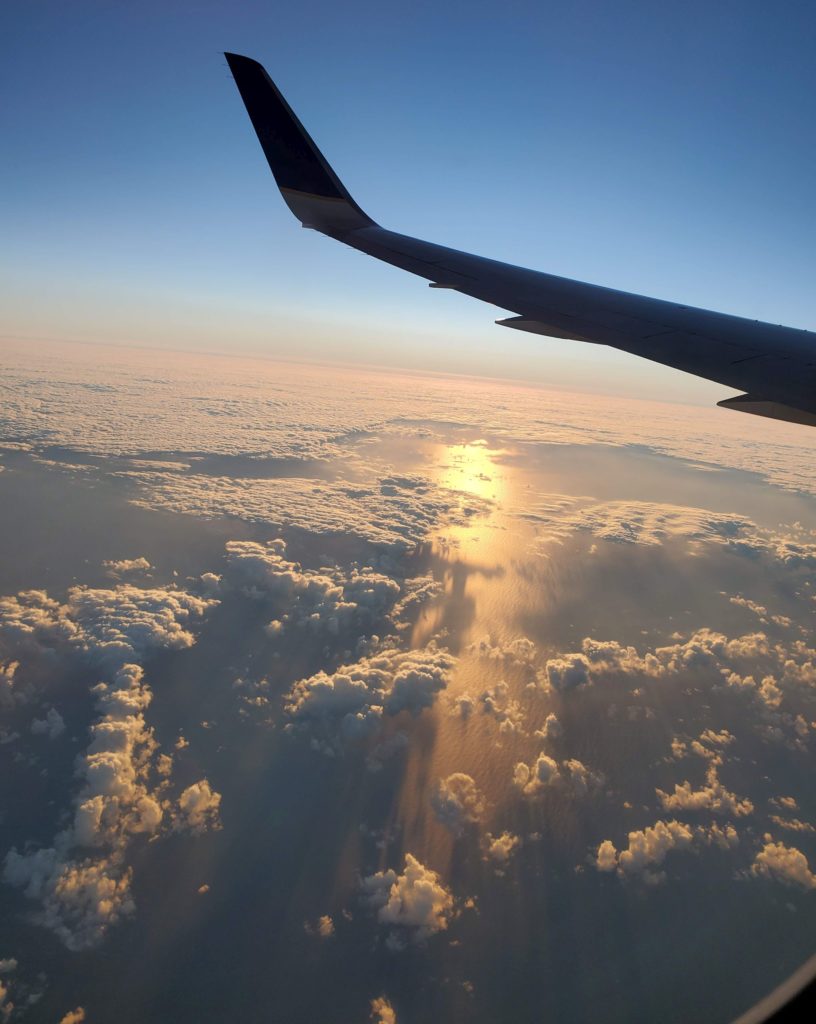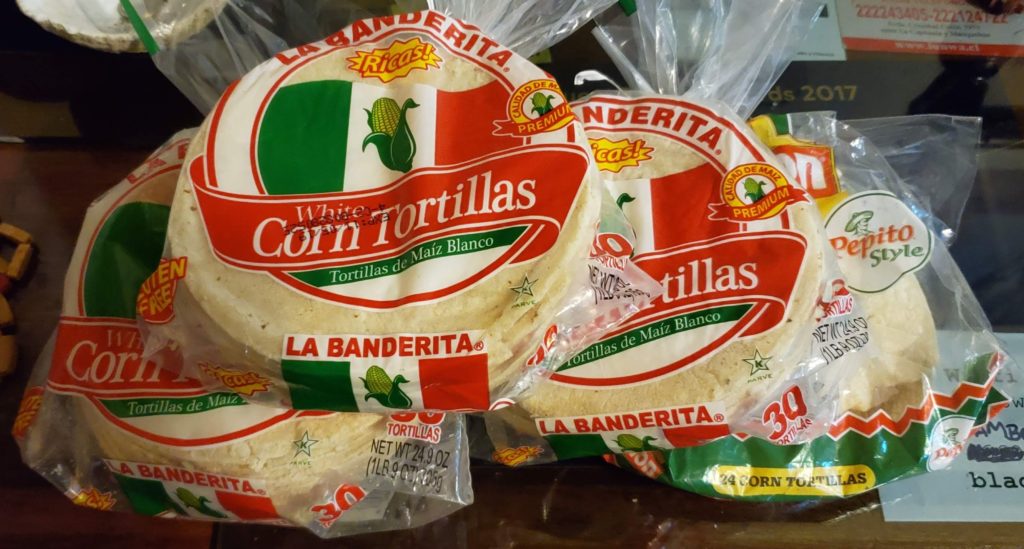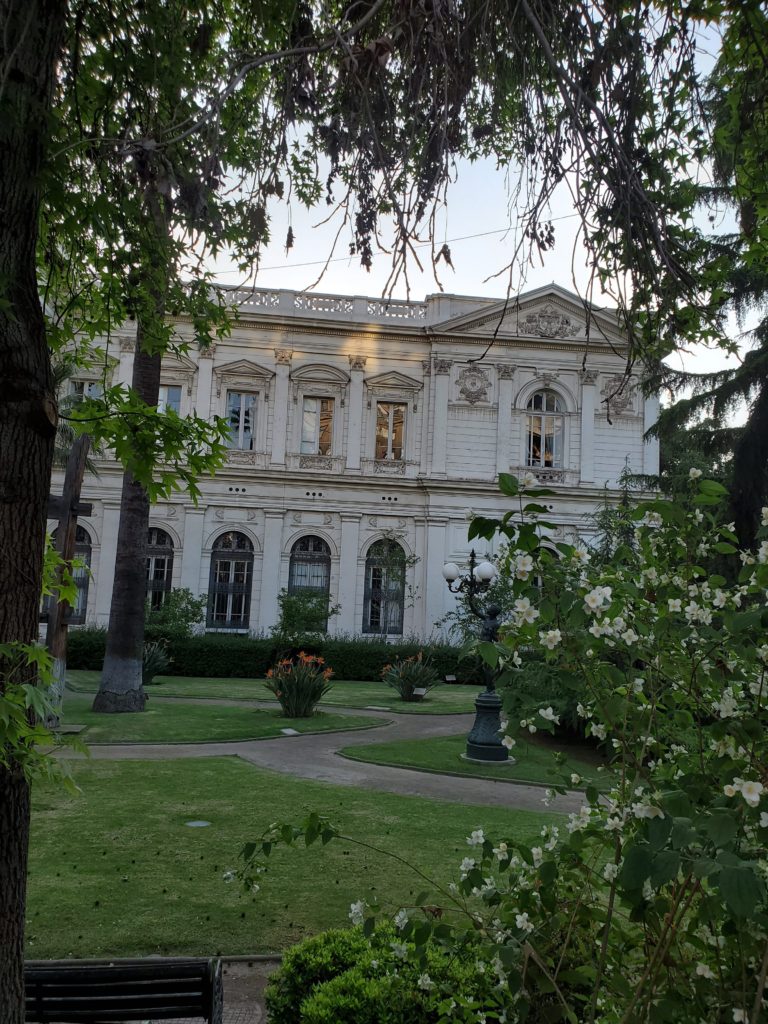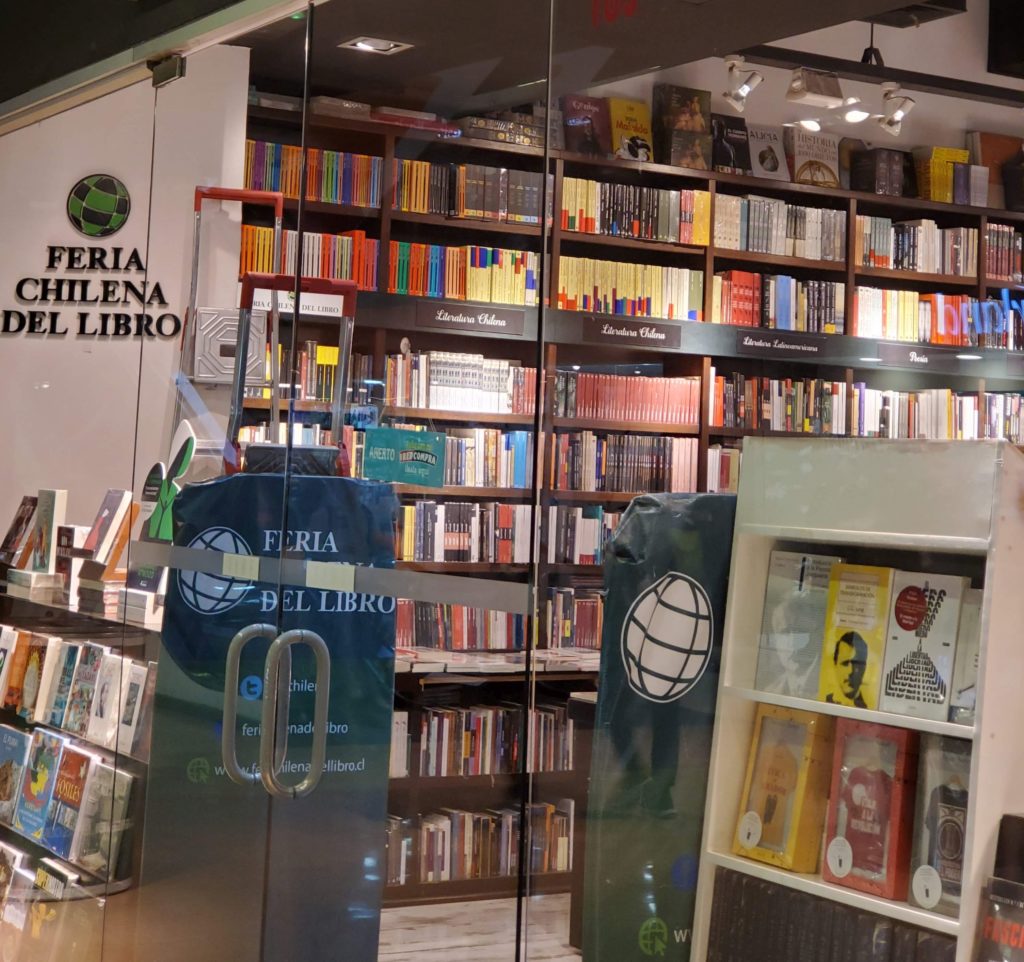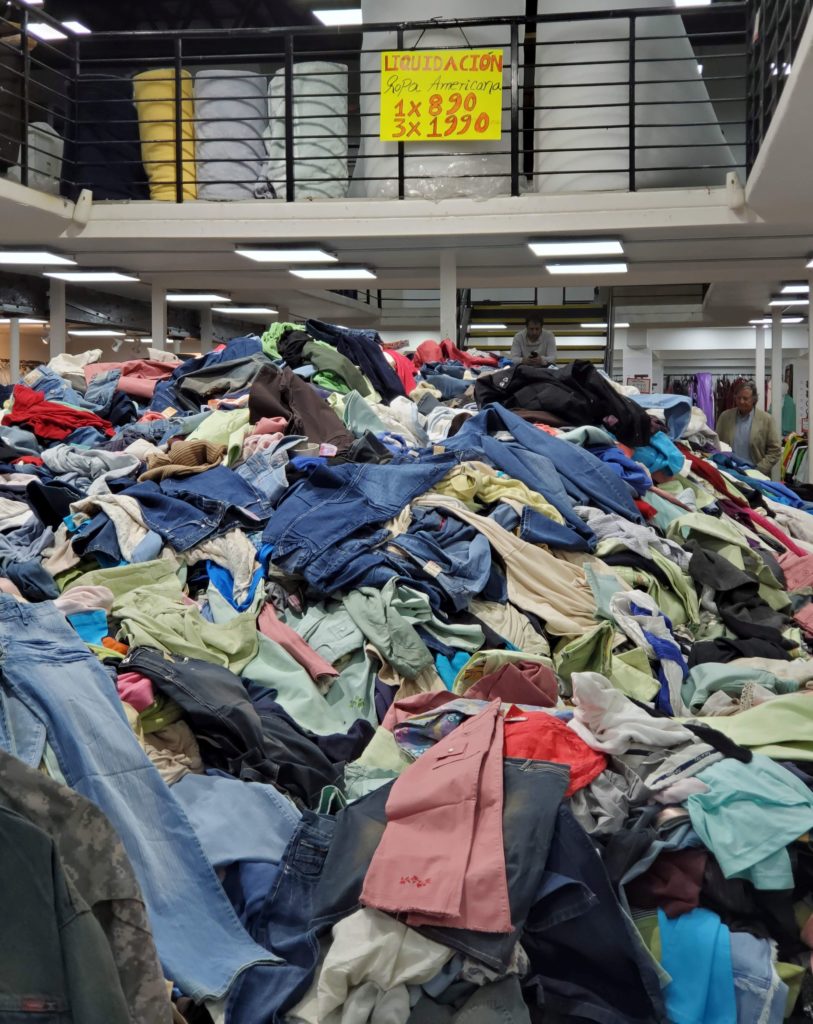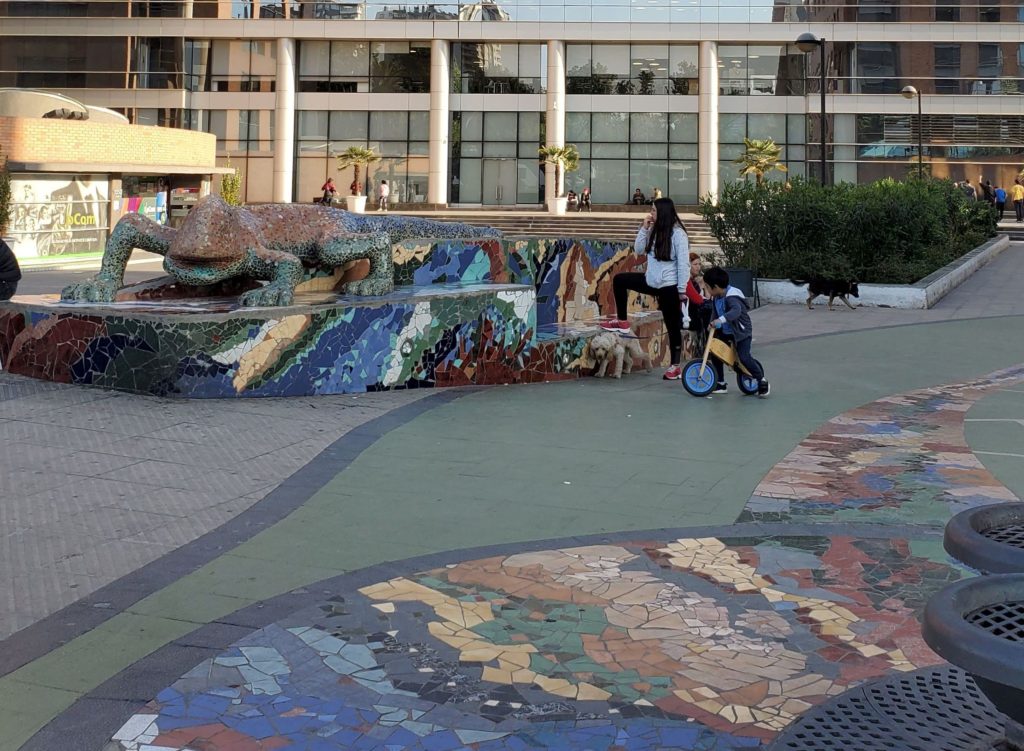Prior post: http://blog.bucksvsbytes.com/2019/10/22/south-america-by-subaru-10-17-19-santiago-chile/
[NOTE: To enlarge any image, right click it and choose “Open image in New Tab” or similar.
At first light in Curacaví, I’m out of bed and getting ready to leave, but I encounter a small problem first. South American homes are generally locked tight at night, with most doors and gates requiring a key to open, even from the inside, a practice which definitely does not comply with U.S. fire safety codes. I neglected to ask Margarita how to exit and I don’t want to wake her up at 5 AM to do it now. First, I have to open one of the house’s two doors. The front door has a key in the lock, but it doesn’t turn. The side door has no key. I start quietly rummaging around the kitchen, looking for likely keys in increasingly unlikely places. I eventually find one that unlocks the side door, so now I’m outdoors but still not free. The yard has two egresses, a locked pedestrian gate and a motorized sliding driveway portal. None of the keys work on the gate, so I start pushing every button on the 3 remotes I’ve turned up, unlocking Margarita’s car, turning on yard lights, and possibly opening garage doors all over the neighborhood. The driveway, however, remains closed.
At this point, I give up and seek help. Since I had helped Gerhard and he’s not my host, I knock on his bedroom door and ask, “How the hell do I get out of here?” He’s only slightly less befuddled than I am and we search together. Noting the key in the door that doesn’t turn, he suggests I remove it and try it on the front gate. Voila, it works and I’m out on the sidewalk! Free at last. I hop in the car and start out for Santiago by a very roundabout toll free route. On vacation, I generally avoid tolls (even though it costs me more in fuel and wear) because it satisfies my rebellious streak and often leads to more interesting routes. Today, though, I have a more practical reason — headlights are required 24/7 on Chilean toll roads and I have a dead one.
It takes me quite a while to reach Santiago and since it’s now open, I drive right to the municipal Tránsito, the department of motor vehicles. Here I buy my annual obligatory liability insurance — only about US$15 annually — and a one day temporary registration for about US$4. Momentarily legal, I have to interrupt my quest to help Susan get our stuff transferred to new lodgings. Although happy where we were in the downtown apartment, it’s not available for a 3rd night. Now that we have the Subaru back, it would also require expensive garage parking, so we have reservations at a more suitable location, a family run guest house with free parking in the Las Condes suburb.
We have to get everything we brought on the plane down six floors from apartment to car — except I can’t park or even fully get the car out of the traffic lane on the narrow, busy downtown street below. The only possible plan is for Susan to pack everything herself and shuttle it down to the sidewalk single handed while I watch nervously for the police. This is no small task for her as we have five bags, one of them a 45 pound suitcase, and miscellaneous smaller items. As she brings each bag out, I dash across the street, grab it, stuff it in the car, and return to my vigil. By this high stress method, we’re eventually able to drive off to our new digs. It feels really good to be back in the Subaru together on the road in South America, but there’s still a very busy day ahead of us.

As we drive away, Susan warns me that she woke up this morning to find a broken bedside lamp. She doesn’t remember knocking it over, so she’s forced to attribute it to possible after effects of yesterday’s enormous Pisco Sour. We get a laugh out of this because she never drinks enough alcohol to even get high, much less get sick or black out. We text the apartment owner, apologize, and offer to pay for the lampshade. Fortunately it was a cheap one.
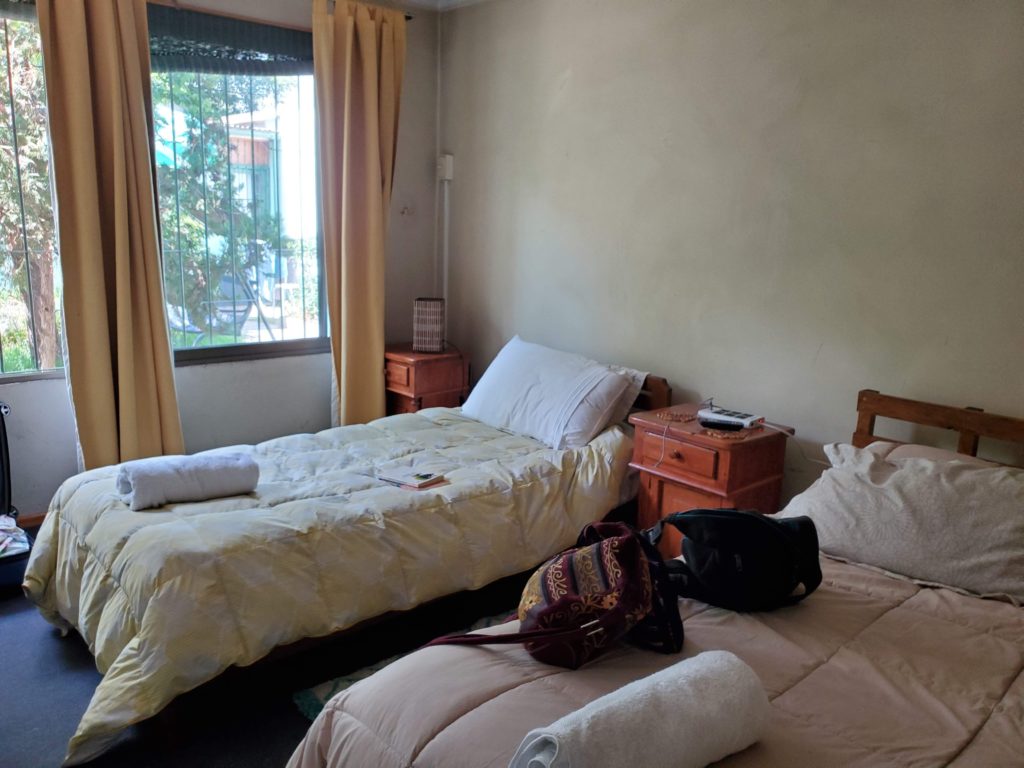
Travelers House bedroom 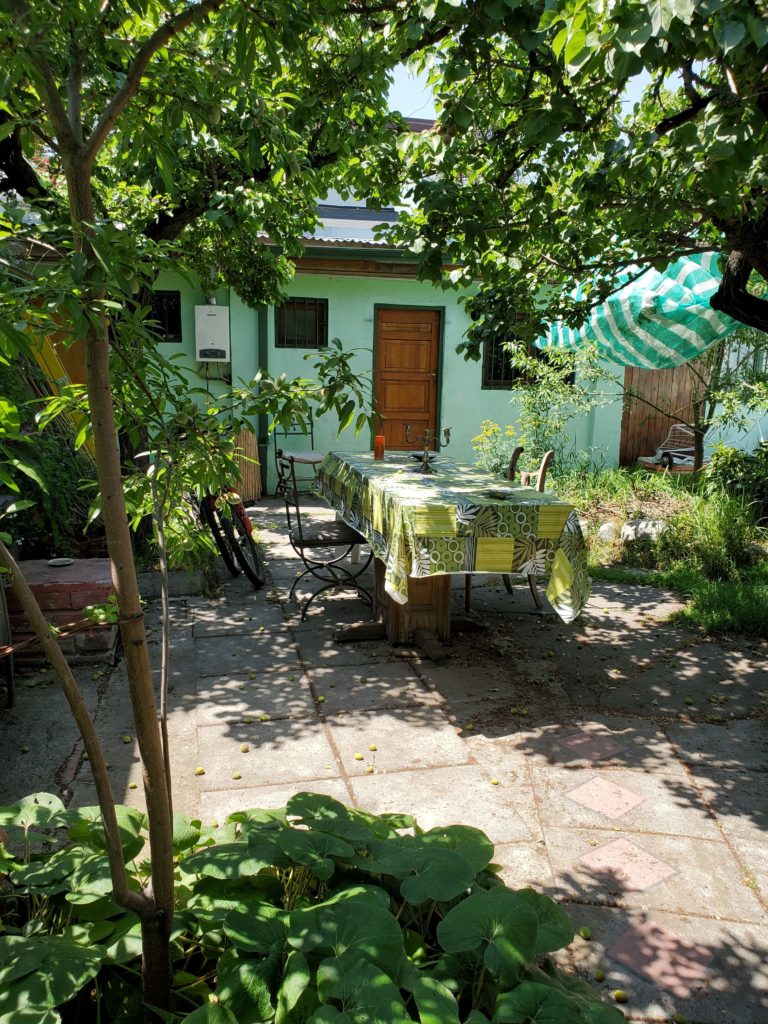
Travelers House garden 
Travelers House kitchen
The new place, Traveler’s House, is very different. Homey, but less new and modern, it’s a small apartment squeezed onto the grounds of a family home and garden on a quiet residential street. The owners welcome us warmly. Without even transferring our belongings into our quarters, I resume my car quest. First stop is Álvaro’s car accessory shop on the south side of Santiago. Here, one of his employees works with me to replace the failed headlight and a few other lamps, install the new tail light assembly I brought from the U.S., and replace my expensive, broken rooftop cargo box with a new, functioning one. With the car now able to pass inspection, I race over to the inspection facility, Planta Revisión Tecnica, and hand the car over to them shortly before their gate closes for the day.
Chilean auto inspection is a very interesting process. It takes place in a giant shed while drivers observe through large windows from the waiting room above. It’s highly automated with the technicians mostly manipulating car controls as prompted from a computer screen at each station. The car is driven onto various embedded floor plates which then test things like alignment, brakes, suspension, steering, and exhaust emissions. There’s even a mobile robot that scans across the front and back of the car to check the various lights. At the conclusion of the tests, I notice them drive the car somewhere other than the exit lot but don’t attach much significance to it. A few minutes later, though, my name is called and the clerk tells me “No aprobado”, the car has failed inspection. This is disturbing news as it could mean immediate, expensive repairs or perhaps that the car can never pass and be registered. The clerk walks me over to the station manager who looks over the paperwork, says something to me in incomprehensible Spanish, and signals me to come with him. We walk outside to an area I immediately realize is the “purgatory lot” where the failed vehicles are parked. Further conversation clarifies that one of the tests is seat belt function and the technicians couldn’t do that because all the seats were still filled with hastily loaded baggage and gear. I clear everything out of the seating areas, the manager checks each belt, gives me a big thumbs up, and proudly says “Everything good!” in English. What a relief! It’s too late in the day to go back to Tránsito for my permanent registration, so I head back to Travelers House to unload the car and get ready for our 8 PM dinner appointment with Brian and Pablo.
In the course of describing my day, I’ve omitted the background events simultaneously transpiring in Santiago. Yesterday, students and others were demonstrating in the streets against a newly imposed 3% transit fare hike. As various Santiagueños explained to us, this small increase was the straw that broke the camel’s back. Chile, by all accounts is the most prosperous nation in South America and also has massive economic inequality. The current president is a multi-billionaire and ordinary people are living on the edge of financial ruin. The standard of living in Chile has actually been rising for everyone but, as in the U.S., the rich are reaping almost all the benefits while the middle class and below are seeing microscopic gains.
In this context, the fare hike demonstrations which started yesterday have grown larger and more violent throughout today. Metro subway stations were vandalized and set afire, some buses were burned, and some stores looted. By afternoon, the Metro system citywide was completely shuttered due to the damage downtown. Brian and Pablo let us know that they would understand if we canceled dinner because of the transportation problems and expanding unrest. Since we now have the car mobile (and, until midnight, still legal) and there is little in the way of violence and police action in Las Condes, we make the short drive and the four of us have an excellent dinner, elegantly prepared by Pablo.

Chef Pablo 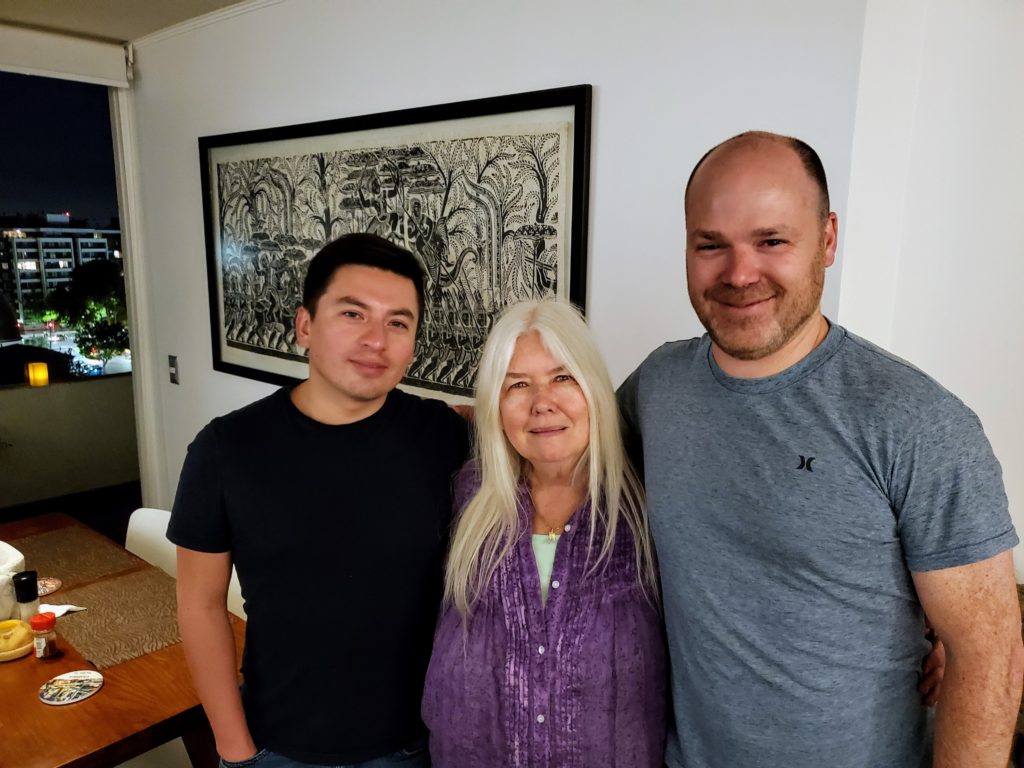
Pablo, Susan, and Brian 8 floors up
Throughout the meal, we’re all watching the increasing chaos on television news. Some of their rental apartments are in the heart of downtown. One of them faces what we see is a raging fire in the high rise headquarters of the electric utility, Enel. It’s obvious the protests are getting very dangerous. We leave after dinner while Brian is on the phone talking to nervous guests seeing police and protesters from their apartment windows while smoke pervades the neighborhood.
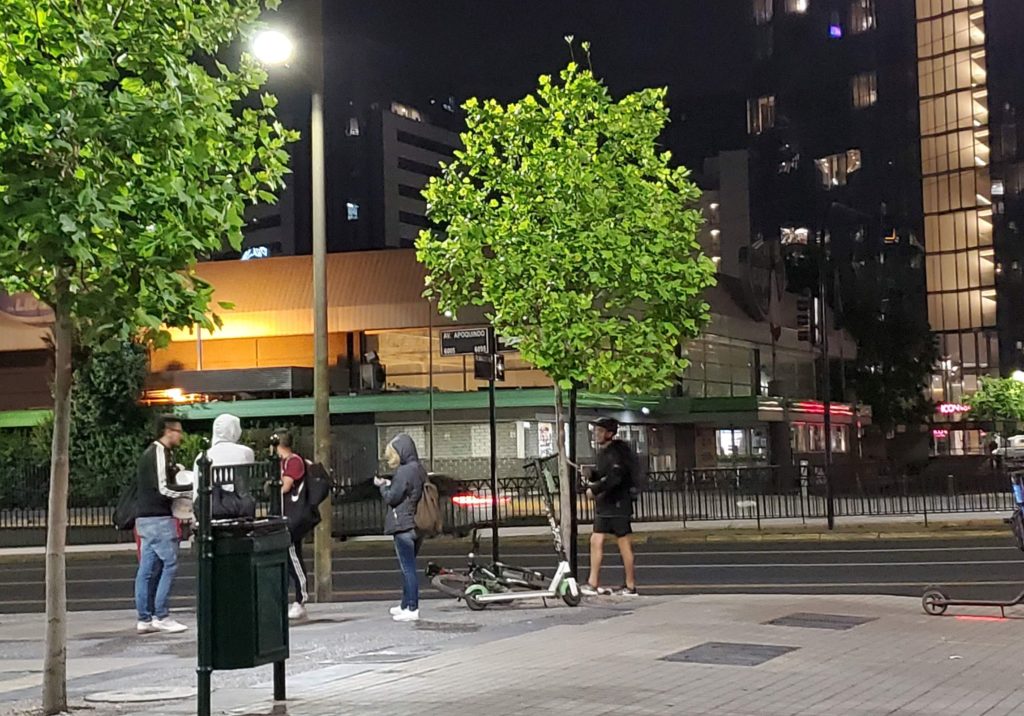
Las Condes, fortunately, is quiet. We see only one small group of protesters near a closed Metro station while I hit an ATM for Chilean pesos and our drive back to our lodgings is uneventful. With the car off the street behind a locked gate, we eventually drift off to sleep to the accompaniment of TV news footage of fires and violence.
Next post: http://blog.bucksvsbytes.com/2019/10/27/south-america-by-subaru-10-19-19-santiago-chile-under-siege/





